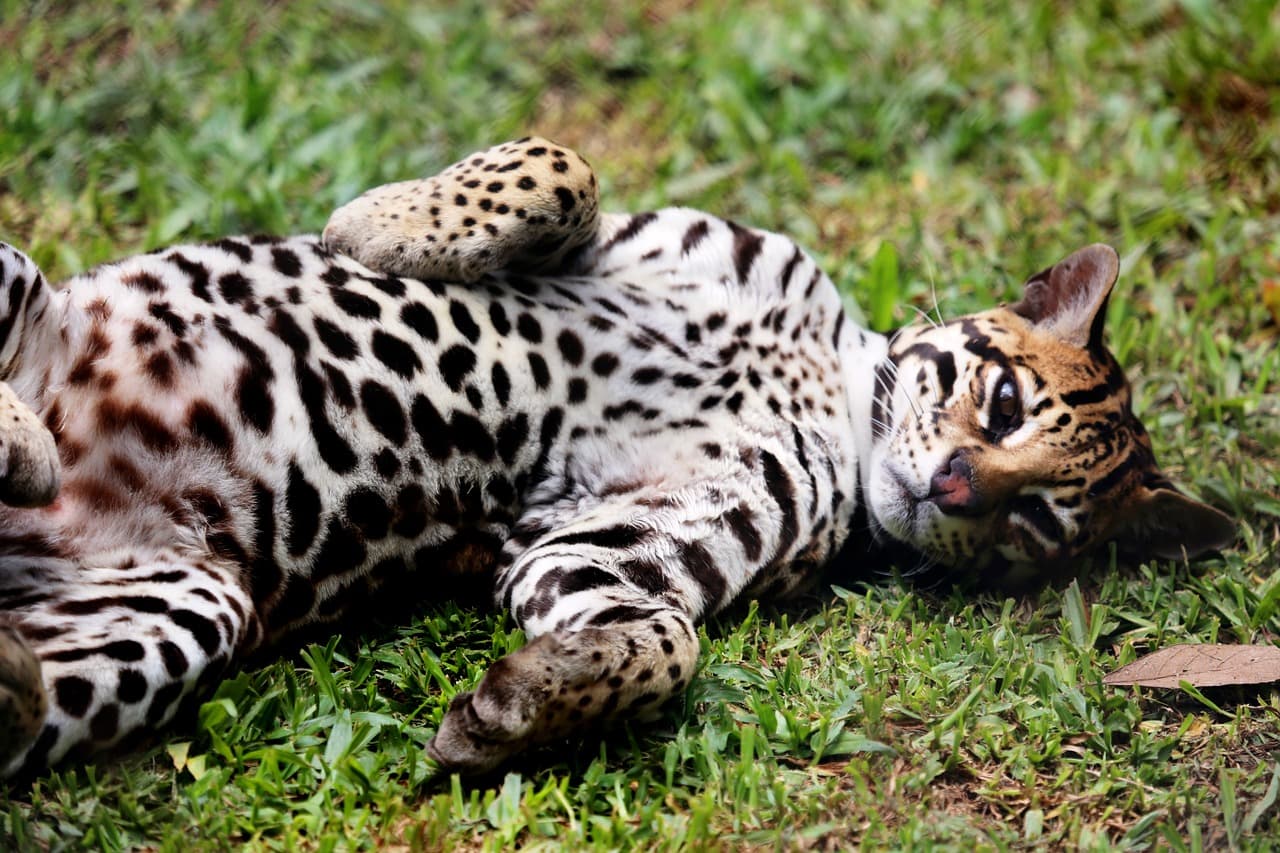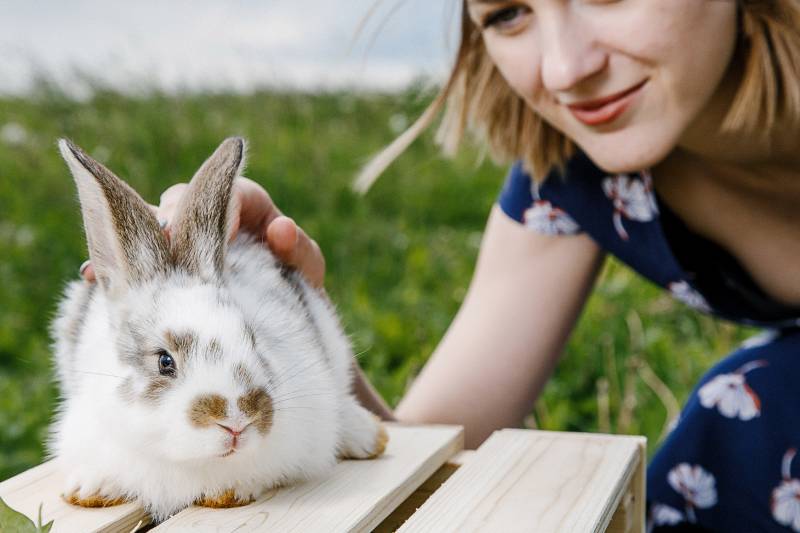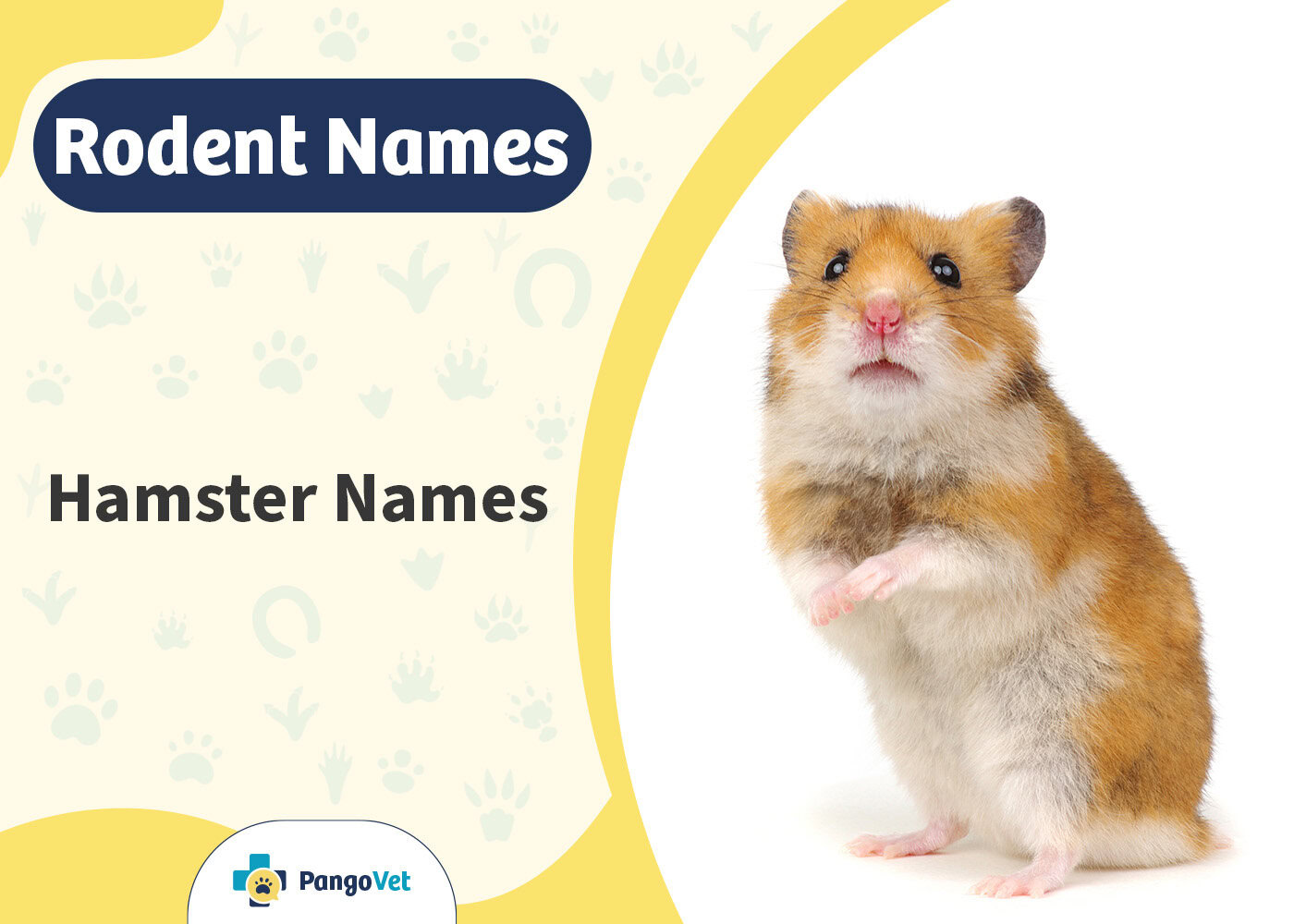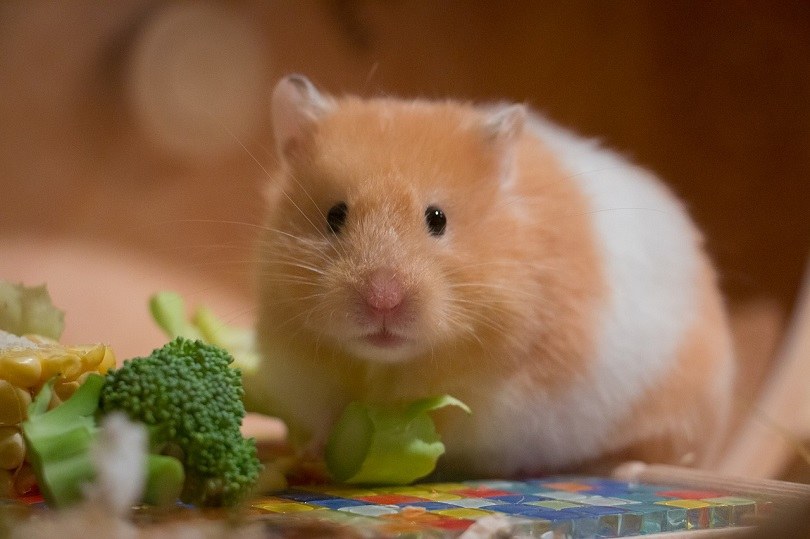Click to Skip Ahead
Exotic animals have a particular pull that people just seem to gravitate to. It’s easy to understand, given the incredible colors and patterns some exotic animals possess. Owning an exotic animal is a status symbol, but they can also make good pets in certain situations. Granted, not every exotic animal will become a good house pet. Most make awful pets! Exotic animals are destructive, wild, difficult to control, noisy, messy, and even dangerous.
Despite that, people keep seeking out these incredible creatures to keep as pets, and wildcats are at the top of the list. As far as wildcats go, the ocelot isn’t too menacing, though it’s far larger than your average housecat. Generally speaking, they are not the best pets for the average pet owner. Let’s dig a bit deeper into this exotic animal and see if its traits make it a great house cat or a feline that’s better left in the wild.

A Bit About Ocelots
Ocelots are medium-sized wildcats with coats that display patterns similar to those of a jaguar or puma. In the wild, ocelots have an average lifespan of about 7–10 years, though they can live past 20 in captivity. Ocelots are native to Central and South America and southern Texas.
On average, they weigh 28–35 pounds, with males weighing slightly more than females. They stand 16–20 inches tall and 28–35 inches long, which is similar to some of the largest domestic house cats.
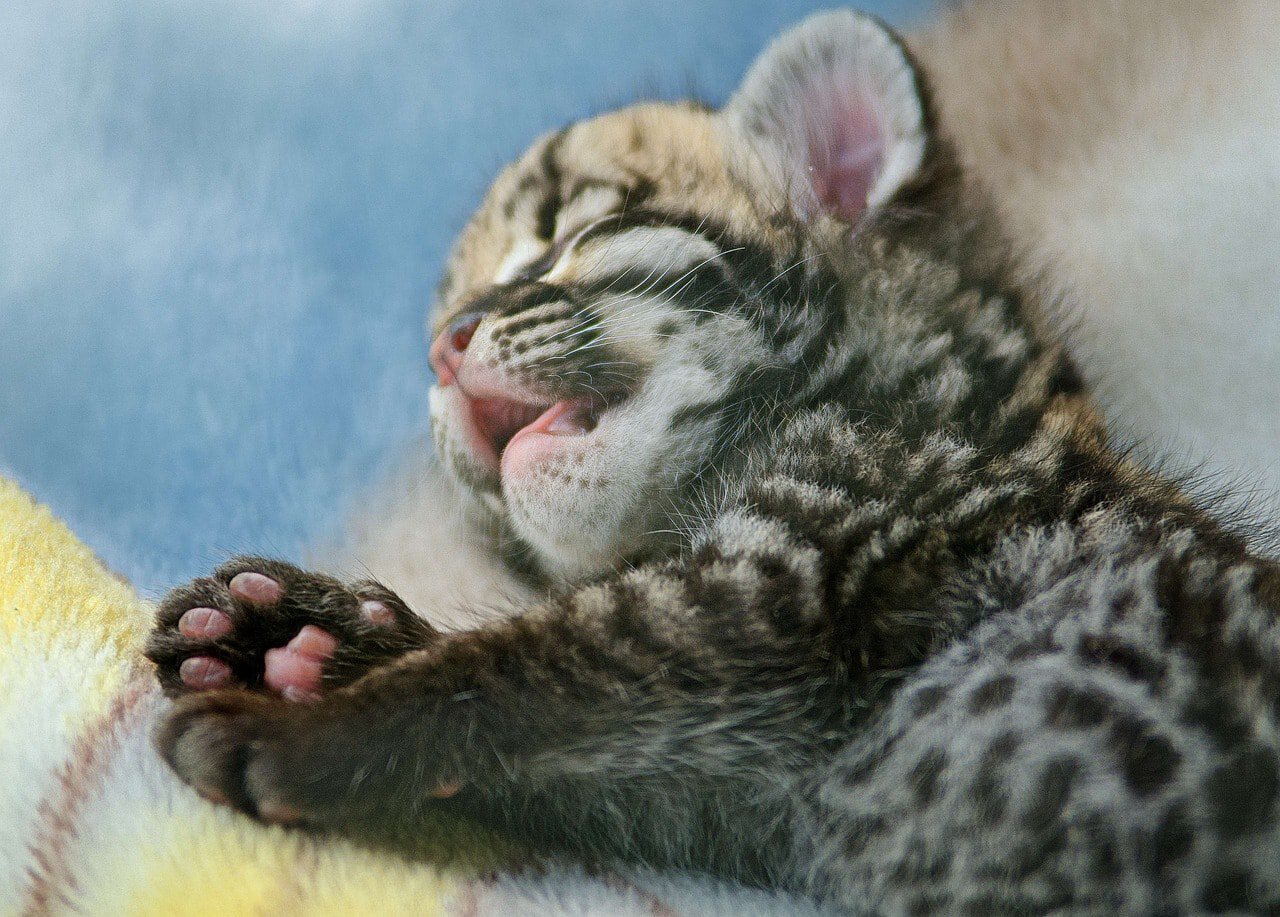
Are Ocelots Endangered?
For many years, the ocelot was an endangered animal, and strict regulations restricted its sale, transport, keeping, and hunting. However, global populations began to flourish, and the ocelot was moved up to the IUCN Red List conservation rating of least concern. However, the population trend is currently decreasing, so it’s unclear what the future holds for the ocelot.
Is It Legal to Own an Ocelot?
When the ocelot was an endangered species, selling, hunting, owning, or transporting one was highly illegal. Today, the ocelot is no longer an endangered species, though they are a protected species in many places. It’s much harder to keep an ocelot than a standard domestic pet like a house cat.
In some places, owning an ocelot is entirely legal. Other jurisdictions have strict laws against keeping them as pets. You might be required to get permits or pay fees to do so. But some places, including Alaska and New England, have outright banned them as pets. If you decide that owning an ocelot is right for you, you’ll want to do thorough research into the legality of keeping an ocelot as a pet where you live.

Top 11 Problems With Ocelots as Pets
Keeping exotic animals like ocelots as pets comes with a lot of hazards. From strong odors to behavioral problems, be prepared to deal with the following 11 drawbacks of ocelot ownership.
1. Ocelots Hunt All the Time
In the wild, ocelots spend most of their time hunting. Your ocelot will also want to spend its time hunting, which means that all of your neighbors’ pets are now at risk! You can mitigate this with toys and engaging games that help simulate hunting or killing, but you’ll never eliminate the cat’s desire to hunt.
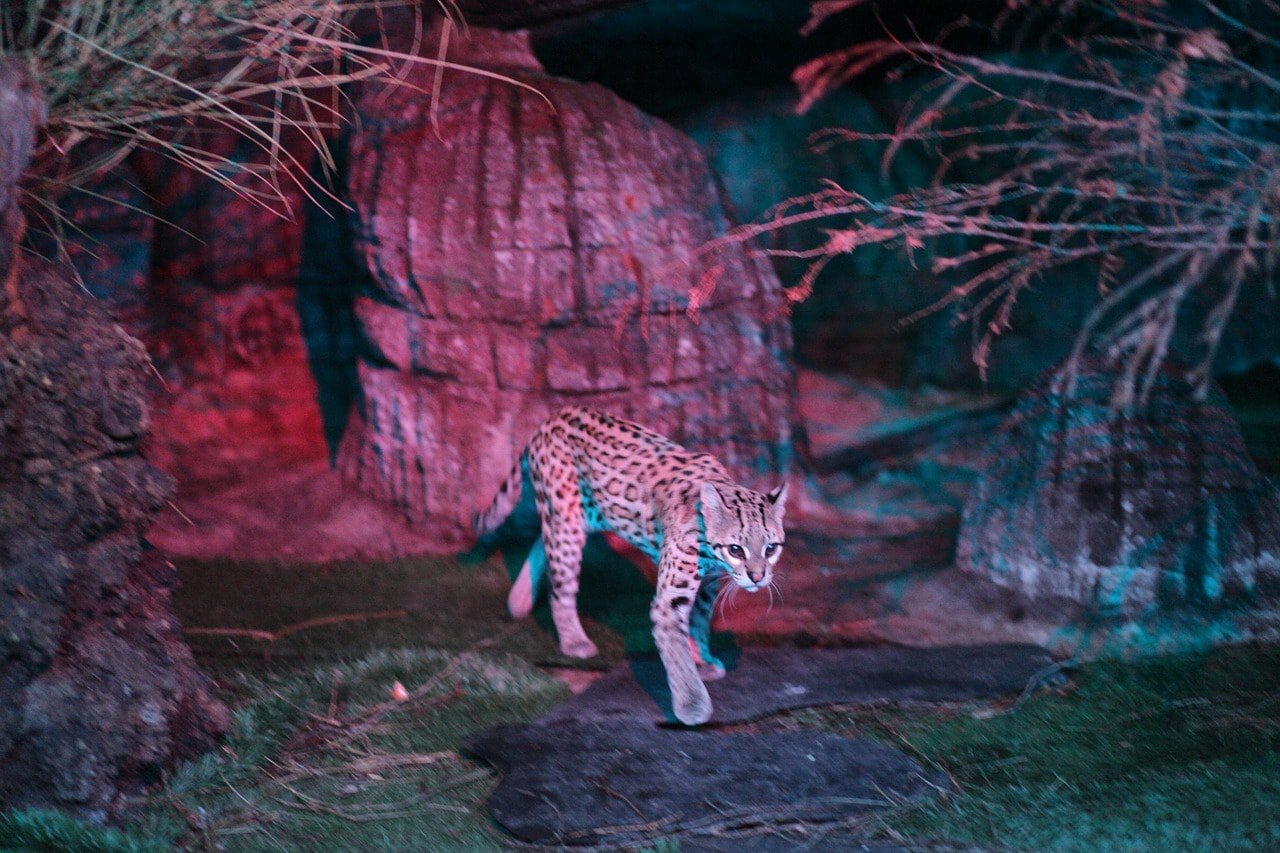
2. Wildcats Have Strong Odors
Ocelots and all wildcats produce waste with much stronger odors than your average housecat. Expect the litter box to be a source of foul odors since ocelots produce pungent urine.
3. Scent Marking Is an Issue
Wild cats mark their territory more frequently than intact house cats, even where they sleep. You can train your ocelot to reduce its marking, but it’s a very strong natural instinct, so you’ll have to start training very early in your ocelot’s life and make sure you’re very consistent with it.
4. Behavioral Problems Are Common
Young ocelots stay with their mothers much longer than other cat species in the wild. Separating a baby from its mother early can result in many behavioral problems.
5. Ocelots Are Extremely Dependent and Needy
Ocelots require a massive amount of attention and interaction. You’ll need to spend hours each day paying personal attention to your pet ocelot. If you don’t, it will start to scream, and ocelots can be very noisy. This behavior is even worse in ocelots separated from their mother, as is the case with most wild cats kept as pets.
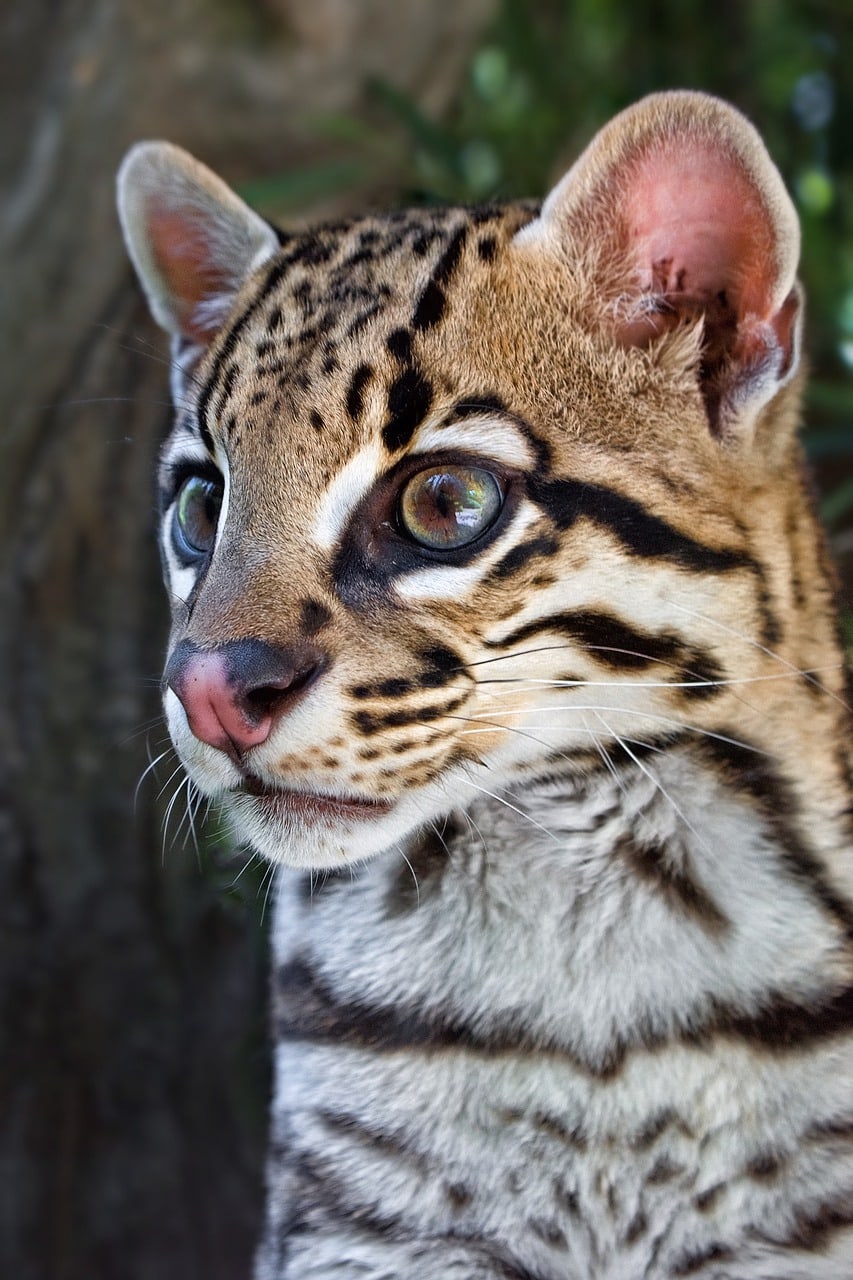
6. You’ll Need Lots of Space
Unlike domestic house cats, an ocelot will never be healthy and happy inside your home. You’ll need to provide plenty of outdoor space for your ocelot to run around and exercise. You’ll need at least 900 square yards of outdoor space for your ocelot, and this space must be secure and inescapable lest your neighbors’ pets end up as your ocelot’s prey.
7. They’re Very Destructive
Wild cats all make terrible pets because of their destructive nature. They tear things apart and scratch up walls. Their claws destroy carpets and furniture, even unintentionally. Ocelots will attempt to scent mark all around your home, and they’ll chew on anything they see. They also love to climb, so make sure you take down anything fragile or risk it getting knocked to the floor by your mischievous ocelot.
8. Exotic Animals Require Specialized Vets
One thing you can’t forget about is medical care. Ocelots, as well as other exotic pets, require special care that’s beyond the scope and knowledge of your average veterinarian. As such, you’ll need to seek out a qualified exotic animal vet to deal with your ocelot. Naturally, these vets cost considerably more than vets specializing in companion animals, and you’ll probably have to drive a lot farther to reach the facility.
9. They’re Difficult to Acquire
When was the last time you saw an ocelot for sale at your local pet store? The answer is undoubtedly never, and you probably never will. You’ll have to find an exotic pet dealer to purchase an ocelot.
10. Ocelots Cost a Lot
Even if you meet an exotic pet dealer, you’ll need a small fortune to purchase an ocelot, as they can command prices up to $20,000. You can get them cheaper, but the less you pay, the more likely you’re getting a problem animal. Still, average ocelot prices range from $1,500 to $15,000, depending on the ocelot’s health, age, and size, as well as many other factors.
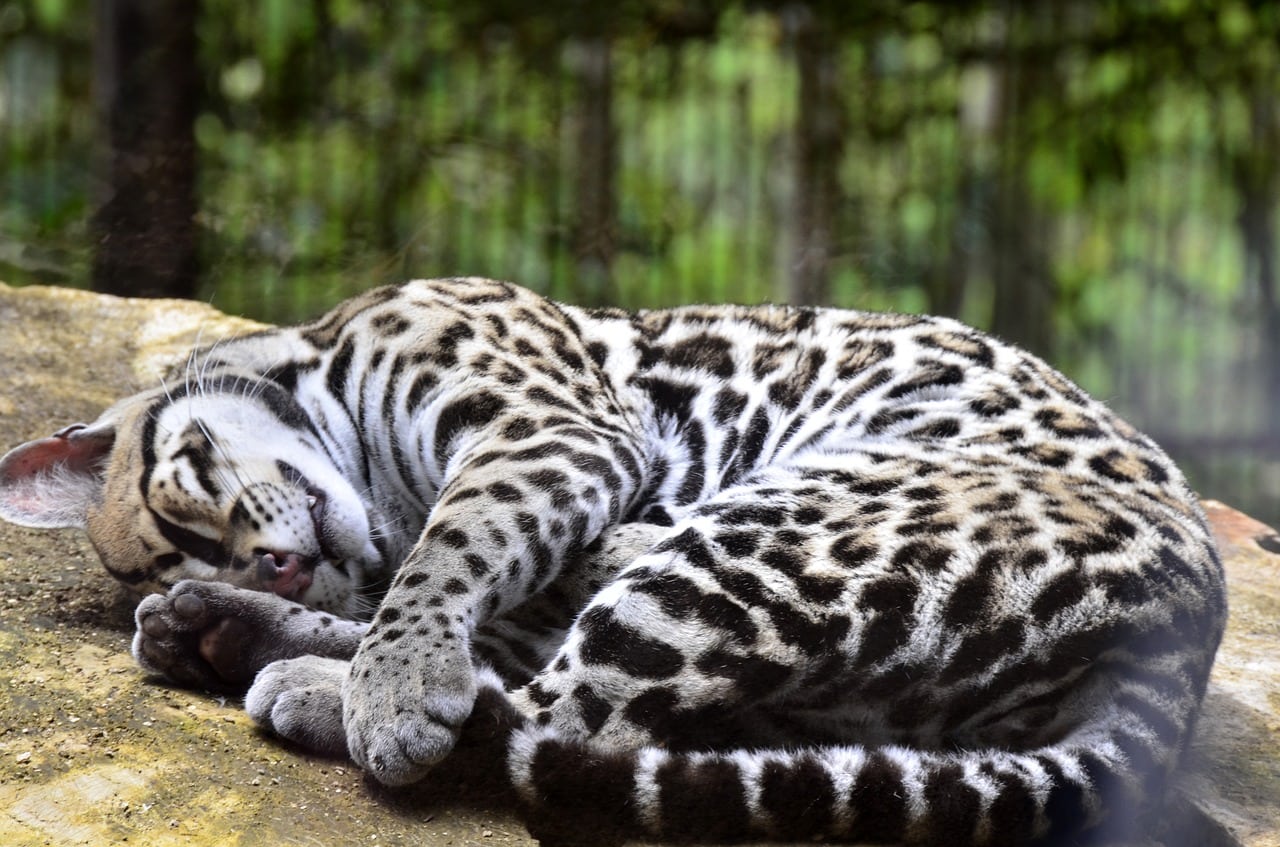
11. They’re Difficult to Feed
In the wild, ocelots eat other animals. They hunt them, kill them, and consume them. Your ocelot will still have a strong instinct and desire to do the same. Instead, you’ll have to provide it with the same nutrition it would be getting, which can be very difficult. You’ll probably have to purchase taurine supplements and feed your ocelot lots of organ meat.
 Why Keep an Ocelot as a Pet?
Why Keep an Ocelot as a Pet?
Despite the many problems that can occur with ocelot ownership, there are some perks that ocelot owners get to experience. Many ocelots are incredibly affectionate and loving companions, even if they are extremely needy.
If you’re head-over-heels in love with ocelots, having one that needs you every day and wants to cuddle up on your lap and suck on your finger might be the greatest reward you could ask for. But not everyone can meet the excessive obligations of keeping an ocelot as a pet, so make sure that you’re truly prepared for such a responsibility and that you’re not just caught up in the excitement of owning such an exotic pet.

Final Thoughts
The truth is that pet ownership is highly subjective. What one person considers a great pet might be an awful fit for someone else. For example, not everyone wants to care for a giant lizard that won’t ever cuddle up on the couch with you, but others become obsessed with their reptiles and can’t get enough of them.
However, caring for an ocelot is a very difficult task that requires incredible investments of time, effort, and money. It’s not for everyone, but if you’re the right type of person, it could be rewarding. Just be certain that you understand what you’re getting into before purchasing an ocelot. Once you bring an ocelot home, you’re in it for the long haul, which could be two decades or more.
Featured Image Credit: Pixabay
